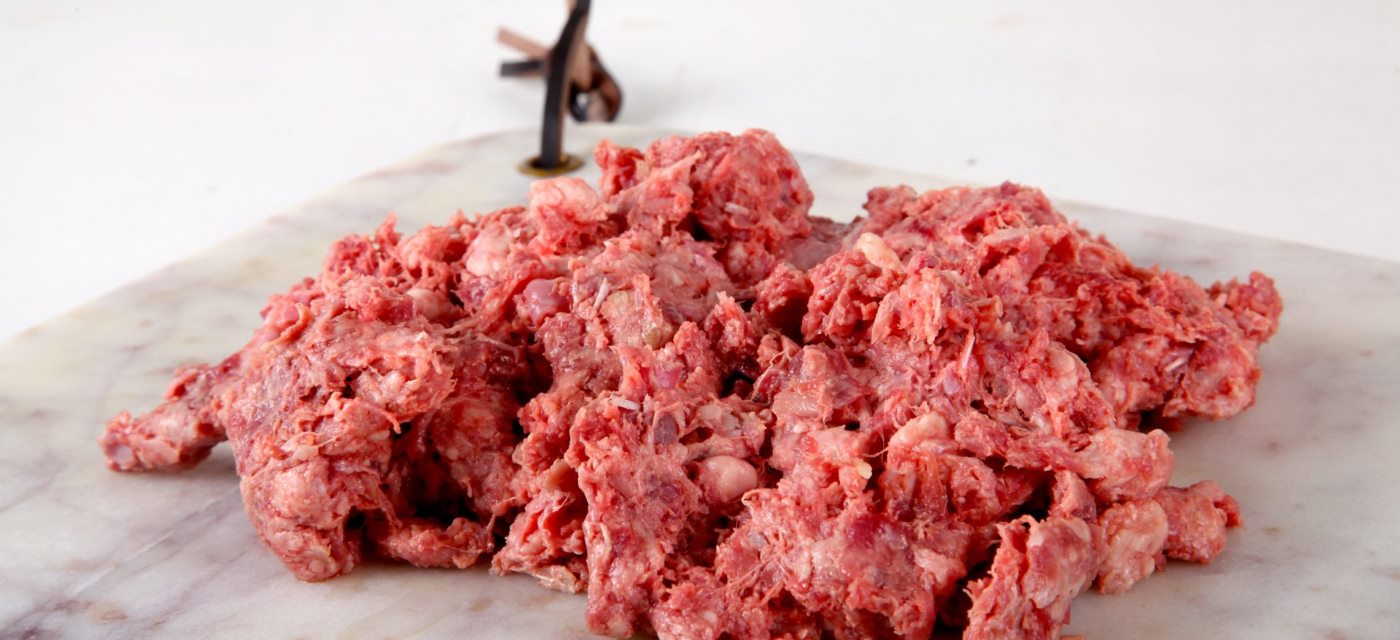
Feeding raw meat for cats has become one of the most debated topics among pet owners today. Many cat lovers now avoid processed food and prefer natural options that match a cat’s ancestral raw meat diet. Since cats are obligate carnivores, their bodies are designed to thrive on animal protein. Feeding raw meat for cats mimics the nutrition of their wild ancestors but requires safety and balance. At Hawks Merchants, we provide trusted guidance for pet parents.
Why Choose Raw Meat for Cats
Cats are natural hunters, and their physiology has evolved to process raw meat efficiently. Commercial cat food is convenient but often has fillers, grains, and additives outside a cat’s natural diet. Raw meat for cats gives pure protein, amino acids, and natural enzymes for better health. Many owners see shinier coats, stronger teeth, and more energy. That’s why Hawks Merchants supports raw nutrition for a healthier lifestyle.
Health Benefits of Raw Meat for Cats
One of the biggest reasons pet owners consider raw meat for cats is the potential health transformation. Cats thrive on protein, and raw diets provide it in its purest form. The high protein content helps build lean muscle and supports their active lifestyle. Many owners report improved digestion since raw food is free from the fillers and carbohydrates that often cause stomach issues.
Additionally, raw meat for cats is rich in taurine, an essential amino acid that supports heart function and vision. Omega fatty acids from raw meats like fish can also give cats a glossy, healthy coat while reducing skin irritations. At Hawks Merchants, we advise cat owners to consult vets to keep raw diets balanced and safe for pets.
Risks of Feeding Raw Meat to Cats
While the benefits are appealing, feeding raw meat for cats does come with risks that should not be ignored. Raw meat can harbor harmful bacteria such as salmonella and E. coli, which can pose health risks not only to cats but also to humans in the household. Nutritional imbalance is another concern—cats need a very specific ratio of protein, fat, and essential vitamins to stay healthy. Simply feeding raw chicken or beef alone without organ meat or bones can result in deficiencies over time.
Pet owners must also pay attention to safe food handling practices, from storing meat at the right temperature to cleaning food bowls thoroughly. Hawks Merchants recommends learning proper hygiene and portioning methods before making raw diets a permanent part of your cat’s routine.
How to Start Feeding Raw Meat to Cats
Transitioning your cat to raw food should be done slowly and carefully. Start by mixing small portions of raw meat with their current diet, gradually increasing the raw portion over a few weeks. This allows their digestive system to adjust and reduces the chance of stomach upset.
When introducing raw meat for cats, portion control is crucial. Cats require specific serving sizes based on their weight and activity levels. Feeding schedules should remain consistent to avoid overeating. Preparation is equally important—always handle raw meat with clean utensils, and wash your hands and surfaces thoroughly. At Hawks Merchants, we guide pet owners to follow these best practices so their cats can enjoy the full benefits of raw feeding.
Best Types of Raw Meat for Cats
Not all meats are created equal when it comes to raw feeding. The best options for raw meat for cats include poultry such as chicken and turkey, as well as beef and certain types of fish. These provide the right balance of protein and fat for feline health.
Organs like liver and heart can also be included in moderation since they are rich in essential vitamins and minerals. However, feeding bones should be done with caution. While raw bones can provide calcium and dental benefits, cooked bones should never be offered because they can splinter and cause injury. Avoid processed meats, seasoned cuts, or anything that may contain harmful additives. Hawks Merchants recommends working with your veterinarian to build a diet plan that includes safe cuts of raw meat tailored to your cat’s needs.
Raw Meat for Cats vs. Commercial Food
The debate between raw meat for cats and commercial cat food is ongoing. Processed foods are convenient, widely available, and formulated to meet baseline nutritional needs. However, they often contain grains and by-products that cats don’t naturally eat. Raw diets, though more labor-intensive, aim to replicate what cats would eat in the wild, offering a fresher and less processed alternative.
Cost is another factor to consider. While raw meat for cats can sometimes be more expensive upfront, many owners believe the long-term health benefits reduce veterinary bills over time. At Hawks Merchants, we emphasize the importance of evaluating both options carefully to choose what best supports your cat’s long-term health.
Tips for Safe Raw Feeding at Home
Safety is key when offering raw meat for cats. Always purchase meat from trusted sources to ensure quality and freshness. Store raw meat in sealed containers in the freezer, and thaw portions in the refrigerator rather than at room temperature to reduce bacterial growth.
Maintain excellent hygiene by cleaning feeding bowls immediately after use and disinfecting food preparation areas. Wash your hands thoroughly after handling raw meat. By following these simple precautions, you can significantly lower the risks associated with raw feeding and ensure your cat enjoys the benefits safely. For more detailed advice, Hawks Merchants provides resources that help cat owners practice safe and responsible raw feeding.
Final Thoughts on Raw Meat for Cats
Feeding raw meat for cats is not a one-size-fits-all solution, but it is a growing trend that offers many potential benefits. From better digestion to improved energy and coat health, cats can thrive on a raw diet if it is done correctly. However, the risks of contamination and imbalance mean that research, preparation, and consultation with a veterinarian are essential before making the switch.
At Hawks Merchants, we are committed to helping pet parents make informed decisions about their cat’s diet. Whether you choose raw meat for cats or stick with commercial food, the goal is the same: ensuring your cat lives a long, healthy, and happy life. By staying informed and attentive, you can make the best dietary decision for your feline friend.

